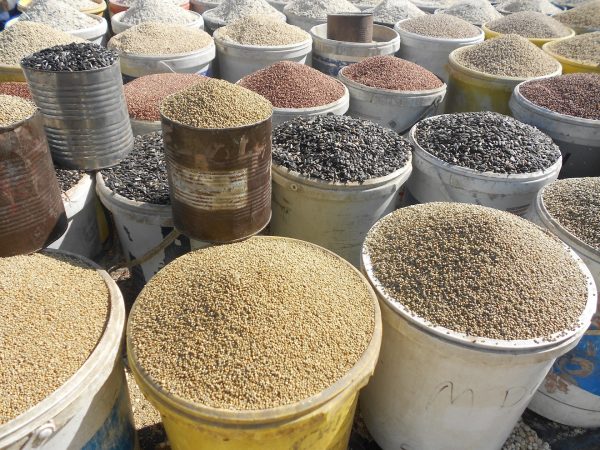By Innocent Mhangarai :
Most small scale farmers experience post-harvest loses season after season due to lack of proper handling facilities and this has hindered progress in Sub-Saharan countries agricultural sector. When produce is lost, resources allocated in the production process will be wasted as well and this comprehends seed, fertilizer, water and most importantly labour itself. In the representative African context, most of the agricultural activities take place in rural areas and these places are characterized by lack of consistent water supply and unavailability electricity.
Rural areas charm little subsidy when it comes to agricultural activities, most households do farming for subsistence purposes. The little surplus is used to raise funds to purchase what is not available at the farm. The other contributing factor is that little or no investment is done on enterprises like goat production, free-range chickens and in some cases cattle production. This has made African agriculture to be stagnant over the past decades. On the other angle crop production and horticulture production is agonized by lack of investment on herbicides and pesticides in order to get a good harvest that can attract a favourable market share at the market place.
Semi-processing of agricultural commodities is one of the activities held up by bottlenecks mainly citing unavailability of constant water supply and electricity in rural areas. Turning a blind eye on these, rural areas have numerous advantages that can be used to advance African agriculture that is to say there is availability of under-utilized land compared to urban areas were land is allocated to households for residential purposes, dams for water sources and most importantly the sun which can be used to process and dry-up agricultural produce. Using this case in point, farmers are called to create diversity to what they offer to the market through processing and value addition on commodities.
The common trend in modern day markets is that farmers carry on trading commodities that are not processed to urban markets. In most cases these commodities attract lower prices, at the end of the day farmer walk away with a lot of dissatisfactions. To counter attack these challenges as well as post-harvest losses, farmers are encouraged to do semi-processing for their produce taking for example mushrooms can be dried and they attract a favourable price if processed in that manner, leaf vegetables and cabbages can be boiled, added with tomato and chilli then dried. This eventually gives the farmer a better piece of cake from the market taking into consideration the time and resources they will have allocated towards adding value to these commodities, groundnuts can be shelled at farm level this also increases their value at the market place.
Revolutionizing agricultural science has to go along with customary universal units of measurements for example the use of litres to regulate the price of milk, grammes to regulate the price of honey and other related commodities at farm gate. Semi handling undertakings like winnowing, boiling and classifying empowers farmers to diversify merchandises from their possessions. Additionally, processing allows leftovers to be reused as animal feed for example when winnowing, free range chickens feed on what drops into the ground, remains from cabbages and vegetables can be used to feed pigs and goats at farm level. This makes farming to create a sustainable ecosystem as it is the cradle to mankind. In actual fact, semi-processing activities increases the shelf life of commodities. Although manufacturing completed things in rural areas is a great desire, it’s imperative to recognize activities can be persuasively undertaken.
Twitter @innoe_mhangarai Skype Innocent_Mhangarai LinkedIn : Innocent Mhangarai








